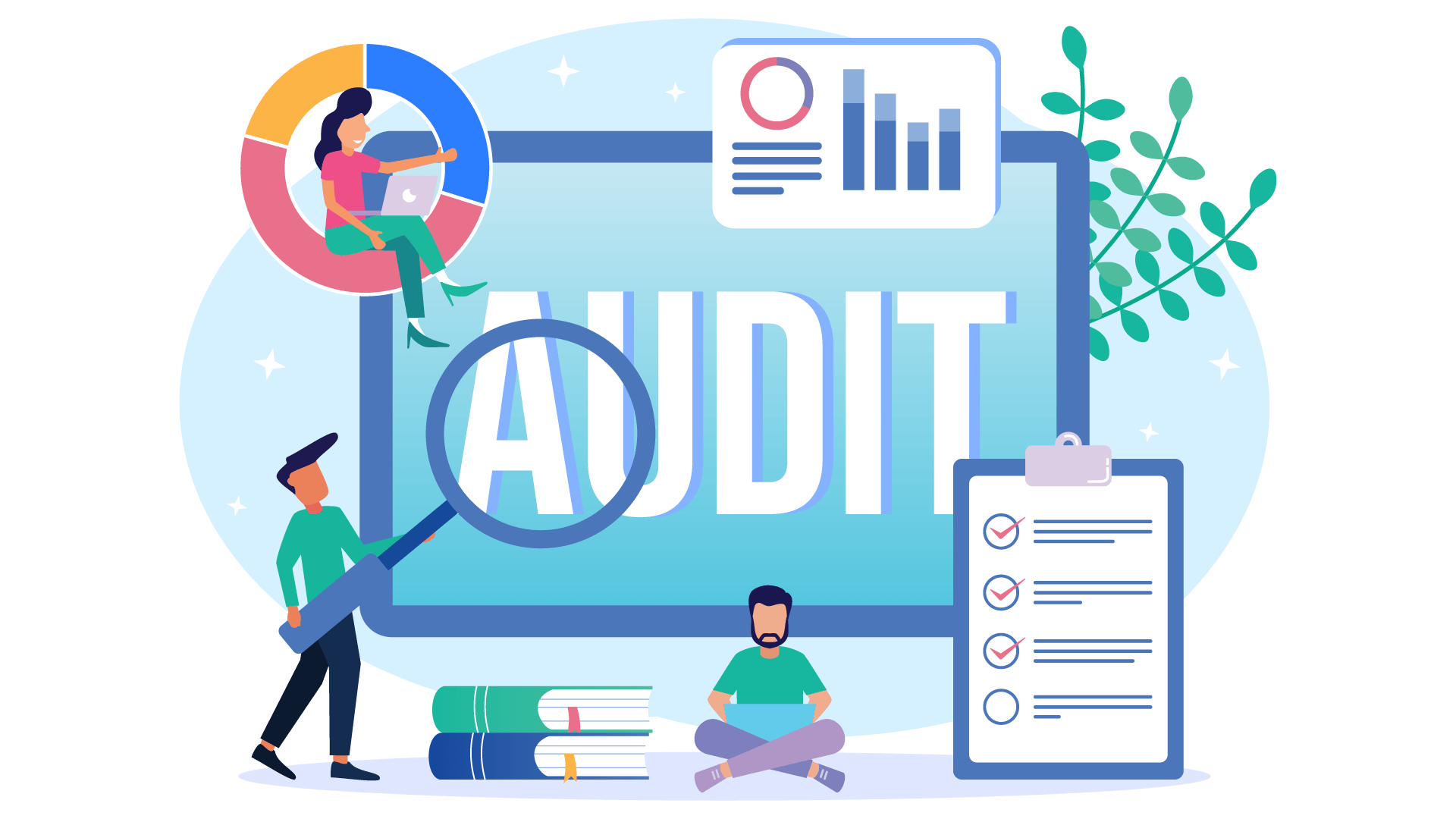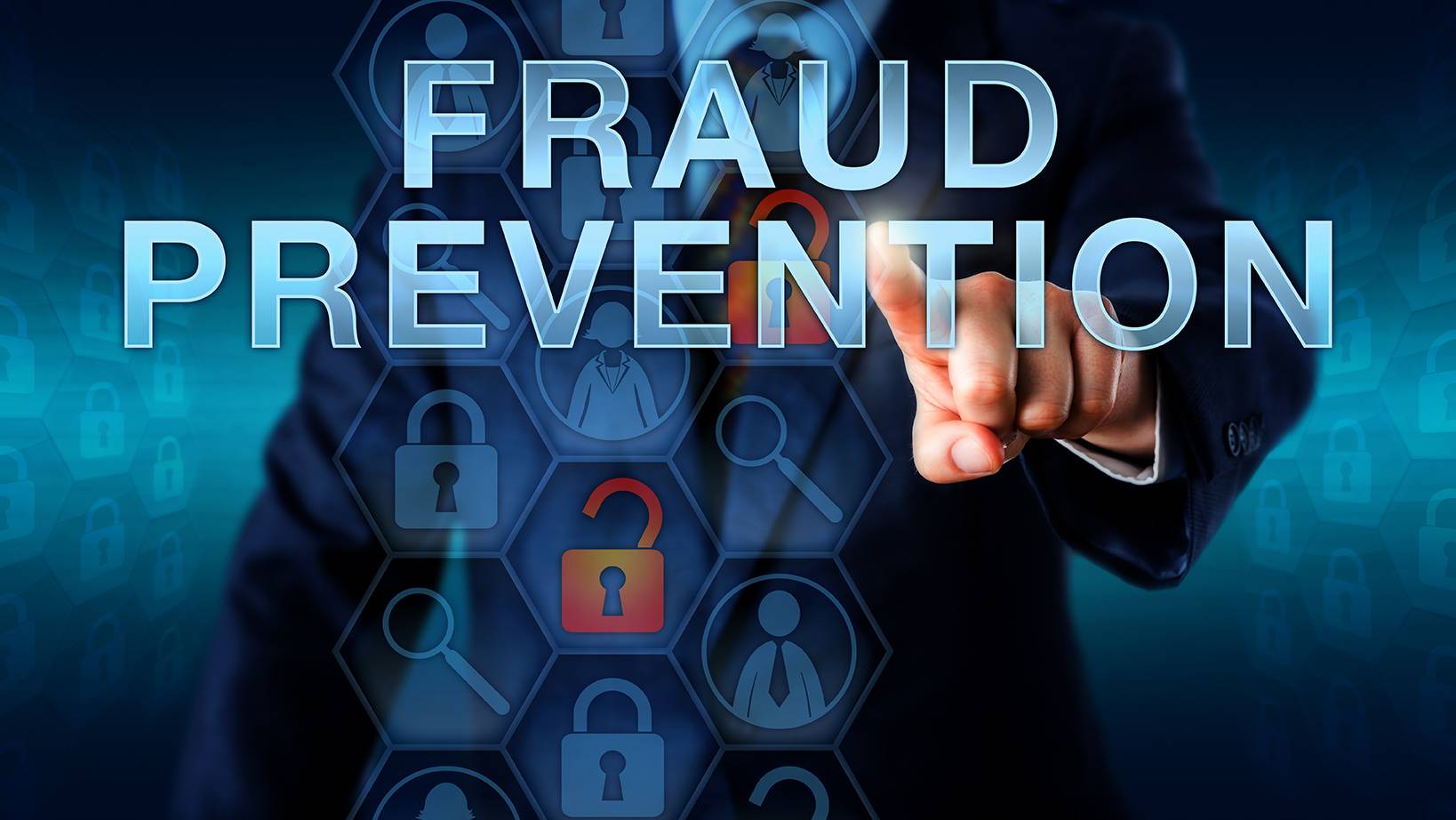Self-Study
Fundamental Audit Strategies For Small And Medium-Sized Audits
Optimize your audit performance with strategies for assessing risk and material misstatement levels.

$308.00 – $348.00
Webcasts are available for viewing Monday – Saturday, 8am – 8pm ET.
Without FlexCast, you must start with enough time to finish. (1 Hr/Credit)
Please fill out the form below and we will reach out as soon as possible.
CPE Credits
11 Credits: Auditing
Course Level
Basic
Format
Self-Study
Course Description
In the realm of small and medium-sized audits, navigating the maze of accounting and auditing standards while ensuring profitability and quality can be a daunting task. This audit CPE course, led by Larry Perry with over 40 years of experience, provides an effective solution to these challenges. Fundamental Audit Strategies for Small and Medium-Sized Audits breaks down complex processes, focusing on key performance metrics that enhance operational efficiency. You will learn strategies to assess risk and material misstatement levels, giving you the tools to design and perform procedures that align with the planned evidence mix. This auditing CPE is not just about understanding audit strategies; it’s about mastering them to ensure your audits are both efficient and compliant, ultimately leading to increased quality and profitability in your practice.
Learning Objectives
Upon successful completion of this course, participants will be able to:
Chapter 1
- Recognize the philosophies underlying cost-beneficial audit strategies for audits of small- to medium-size entities.
- Identify audit strategies for small audits that will comply with all applicable professional standards and achieve high levels of profitability.
- Recognize auditing procedures for small- to medium-size audits that result in both quality and efficiency.
- Recognize the importance of leadership involvement on all audits.
- Cite the relationship of audit risk, materiality calculations, and sampling decisions.
- Identify appropriate engagement completion procedures.
Chapter 2
- Recognize the basic procedures for auditing cash that comply with applicable accounting and auditing standards.
- Identify levels of risk assessment, recognizing the effect of different assessed levels of risk of material misstatement on cash auditing procedures.
- Cite ways to audit cash more efficiently to prevent over-auditing, reduce risk, and produce appropriate evidence to support a finding.
- Specify the appropriate documentation for cash auditing procedures.
Chapter 3
- Recognize the generally accepted accounting principles for accounts receivable.
- Cite the effects of assessed levels of risk of material misstatement on accounts receivable auditing procedures.
- Identify procedures that aid in auditing accounts receivable, noting the effects of failing to perform certain procedures on audit evidence
- Specify the most efficient documentation of accounts receivable auditing procedures.
Chapter 4
- Recognize the basic procedures for auditing inventories that comply with applicable accounting and auditing standards.
- Identify levels of risk for inventories, citing the resulting effects of assessed levels of risk of material misstatement on inventory auditing procedures for inventories accounted for by the physical and perpetual inventory methods.
- Cite ways to audit inventories more efficiently.
- Select documentation methods for inventories auditing procedures.
Chapter 5
- Recognize the basic procedures for auditing investments that comply with applicable accounting and auditing standards.
- Identify levels of acceptable risk in an investment audit program, noting the effects of accounting standards and assessed risk on investments auditing procedures.
- Specify appropriate documentation methods for investment auditing procedures.
Chapter 6
- Recognize the basic procedures for auditing fixed assets that comply with applicable accounting and auditing standards.
- Identify the effects of accounting standards on fixed assets auditing procedures.
- Cite the relationship of risk and fixed assets auditing procedures.
- Select documentation methods for fixed assets auditing procedures.
Chapter 7
- Recognize the basic procedures that comply with accounting and auditing standards for auditing goodwill and intangibles, noting the effects of these standards on auditing procedures
- Identify accounting principles that apply to goodwill and intangibles.
- Cite ways to audit goodwill, intangibles, and deferred charges, noting procedures that improve efficiency without compromising the integrity of the audit.
- Specify documentation methods for goodwill and intangibles auditing procedures.
- Recall audit documentation requirements.
Chapter 8
- Recognize the basic procedures for auditing accounts payable and accrued expenses.
- Identify key factors to consider when auditing accounts payable as well as the resulting effects of assessed levels of risk of material misstatement on accounts payable auditing procedures.
- Specify documentation methods and disclosure requirements for accounts payable and accrued expenses auditing procedures.
Chapter 9
- Identify the basic principles and objectives associated with accounting for income taxes, recognizing the differences between book and tax income
- Identify the basic procedures for auditing income taxes that comply with applicable accounting and auditing standards
- Specify documentation methods and for income taxes auditing procedures.
Chapter 10
- Recognize the basic procedures for auditing notes payable, long-term debt, commitments, and contingencies.
- Identify the effects of accounting standards on auditing procedures for auditing notes payable, long-term debt, commitments, and contingencies.
- Specify classification criteria and documentation methods for auditing notes payable, long-term debt, commitments, and contingencies.
- Identify the proper way to review and update permanent file documents.
Chapter 11
- Recognize the basic principles of revenue recognition.
- Identify the basic procedures for auditing and accounting for revenues, noting when misrepresentations and improper revenue recognition occurs.
- Cite the impact of audit strategies on revenues auditing procedures.
- Determine the mix of evidence and the design of tests of balances auditing procedures for revenues.
Chapter 12
- Identify the basic procedures for auditing payroll and operating expenses.
- Recognize accounting standards from major audit areas that affect payroll and expense accounts.
- Recognize the effects of key controls and activity-level controls on payroll and other expenses, noting the impact of risk assessment procedures and analytical procedures on detailed tests of balances.
- Recognize when additional tests of balances are necessary to evaluate financial statement assertions.
Course Specifics
9189012
August 18, 2022
There are no prerequisites.
None
314
Compliance Information
CFP Notice: Not all courses that qualify for CFP® credit are registered by Western CPE. If a course does not have a CFP registration number in the compliance section, the continuing education will need to be individually reported with the CFP Board. For more information on the reporting process, required documentation, processing fee, etc., contact the CFP Board. CFP Professionals must take each course in it’s entirety, the CFP Board DOES NOT accept partial credits for courses.
Meet The Experts

Larry L. Perry, CPA, has been in practice for over 40 years. He writes accounting and auditing manuals and is currently an author and presenter of live staff training seminars, live webcasts, and self-study CPE programs, including self-study courses for Western CPE. He’s a managing member of CPA Firm Support Services, LLC, an organization that provides resources, training, and consulting to smaller CPA firms. Larry focuses on practical ways to perform effective and efficient accounting and auditing engagements.
Related Courses
-
 Auditing
Auditing
Computer Fraud and Abuse
Marshall Romney, CPA, PhD, CFE QAS Self-Study
Credits: 6 $174.00
QAS Self-Study
Credits: 6 $174.00$174.00 – $204.00
-
 Auditing
Auditing
How to Audit for Fraud
Steven M. Bragg, CPA QAS Self-Study
Credits: 3 $87.00
QAS Self-Study
Credits: 3 $87.00$87.00 – $107.00
-
 Auditing
Auditing
Fraud Prevention, Detection, and Audit
Marshall Romney, CPA, PhD, CFE QAS Self-Study
Credits: 9 $261.00
QAS Self-Study
Credits: 9 $261.00$261.00 – $291.00
